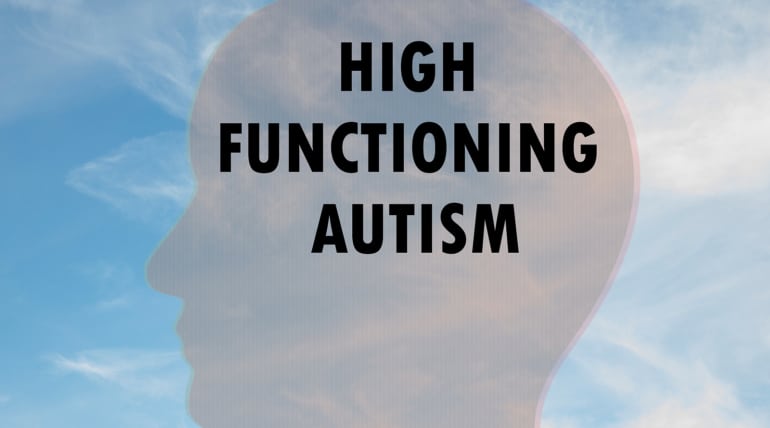The benefits of providing early support for young children with autism remain unmatched in terms of effectiveness. This is evidenced in multiple research including a comprehensive review of autism therapies (commissioned by the respected U.S. Agency for Healthcare Research and Quality in 2011)
Early intervention
Essentially the earlier an ASD child is supported, the greater the potential for positive outcomes moving forward. This immersive support involves up to 40 hours per week of skilled therapist assistance over an extended period, & aims to cultivate crucial social, communicative and cognitive aptitudes among young children on the spectrum. The efforts have been found to yield remarkable results in ameliorating the challenges faced by these young individuals.
To gain a deeper understanding of early intensive intervention rather than just generalize it, researchers today are exploring reasons behind its success in some children. Basically they are trying to determine the best interventions or as other way to explain it, “what works best”.
Therapy Program
Three decades ago, psychologist Ivar Lovaas’ long-term, 40-hours-per-week therapy program for young children with autism showed promising results. Almost half of the participants achieved normal IQ scores and even managed to attend class as usual. This sparked interest among researchers regarding his intervention approach. It was then called applied behavior analysis and has since evolved into different forms of intensive intervention.
To further enhance the breadth of understanding, two randomized controlled trials pertaining to comprehensive early interventions were carried out in the year 2000. In this endeavour, a sample of 28 children diagnosed with autism received an intensive treatment of 25 hours per week focused on ABA therapy. The results revealed notable improvements in terms of higher IQ scores and enhanced language skills when compared to the control group.
In other words, children who were subjected to the rigorous intervention displayed significant advancements in their cognitive and linguistic abilities compared to those who did not receive the same treatment.
A similar approach
There is another approach that had such a similar effect on toddlers who participated in a late 2009 trial, which was called the Early Start Denver Model (ESDM). It appears to achieve results with as much success as Lovaas’ methods. However, ESDM involves more child-led activities and pivotal response training.
As Dr. Laura Schreibman, the esteemed (director of the Autism Intervention Research Program – University of California, San Diego) pointedly asserts, researchers widely agree that the goal of these studies does not involve seeking a one-size-fits-all solution. Rather, they aim to uncover and understand the most effective components of behavioral therapy for children with autism. Currently, they aim to evaluate the practicality and effectiveness of these interventions beyond the confines of academic research. As Dr. Wendy Stone, director of the University of Washington Autism Center in Seattle, emphasizes, once an intervention has been proven effective, it must also be feasible for implementation by individuals outside of the research setting.
When they receive the right support and help, ASD children have boundless opportunities to achieve feats. That’s why our team at Nevada Autism is dedicated to offering care that caters to the needs of children on the Autism spectrum, helping them unlock their capabilities.




